Sumi-e is the ancient Japanese charcoal drawing technique practised by Buddhist monks initially. It is created with brush strokes, creating a natural flow of the drawing. The central theme of Sumi-e is nature, with four types of plants most painted representing the ever-changing four seasons. It uses ink derived from densely packed charcoal ash, usually from bamboo.
Sumi-e at Ueno Park Tokyo Japan
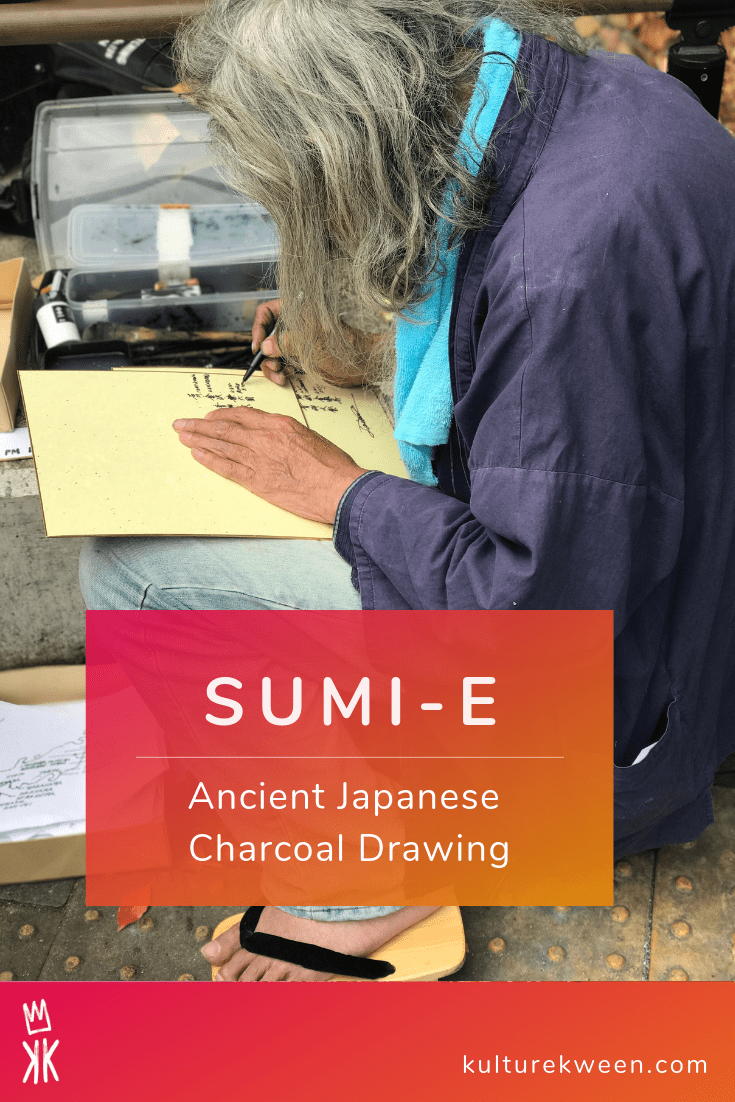

I was intrigued when I saw the Sumi-e paintings drawn by a one-eyed artist under the stairs of Ueno Park.
He separated his Sumi-e paintings into cardboard based on the season. The Spring ones were decorated with Sakura and temples, and the Autumn ones were painted bolder and featured various lakes. Contrarily, Winter colours’ were more subdued, with plum and snow featured on most of them.
Hirosaki Castle Sumi-e
Located on the top of Kyushu island, Aomori, Hirosaki Castle is one of Japan’s last few standing castle towers. It’s also one of the world-famous spots for hanami, the Japanese cultural activity of viewing cherry blossoms. So it seemed fitting to take back a Spring themed painting home to commemorate our first Sakura sighting right above these stairs, a little more than a week before.
After a short negotiation and passing him our last yen bills, I packed the Hirosaki Castle Sumi-e, stamped with his name, carefully in my backpack. The painting inspires me to visit Aomori. Hopefully, the law of attraction will bring us there someday soon.
Get down at Ueno train station, and stroll around Ueno Park before meeting him at the end of the park’s staircase. And if you have 2,000 Yen to spare, get his painting so you can bring a beautiful piece of Japanese art back home.
Follow me on Instagram @KultureKween for more recent updates.
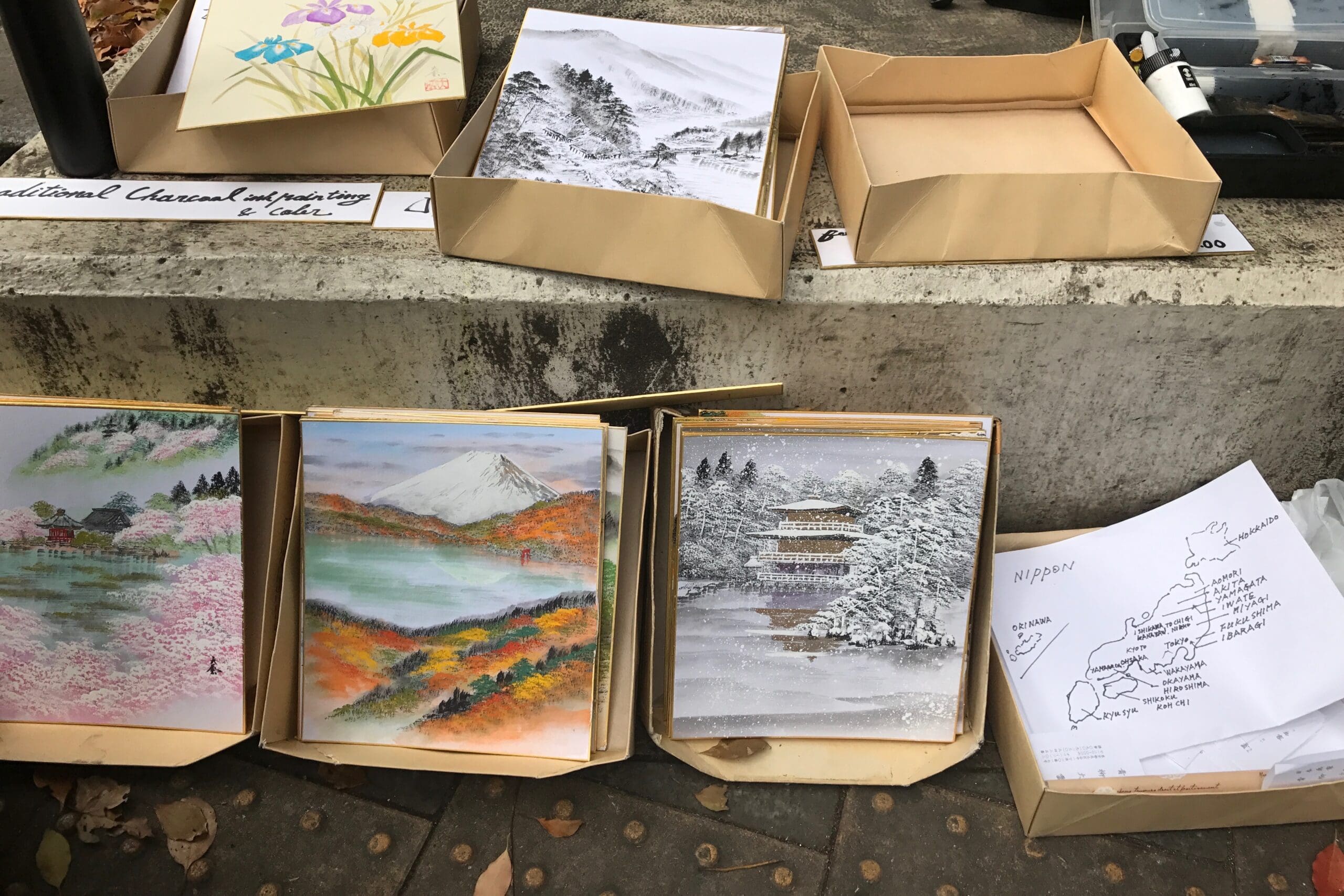
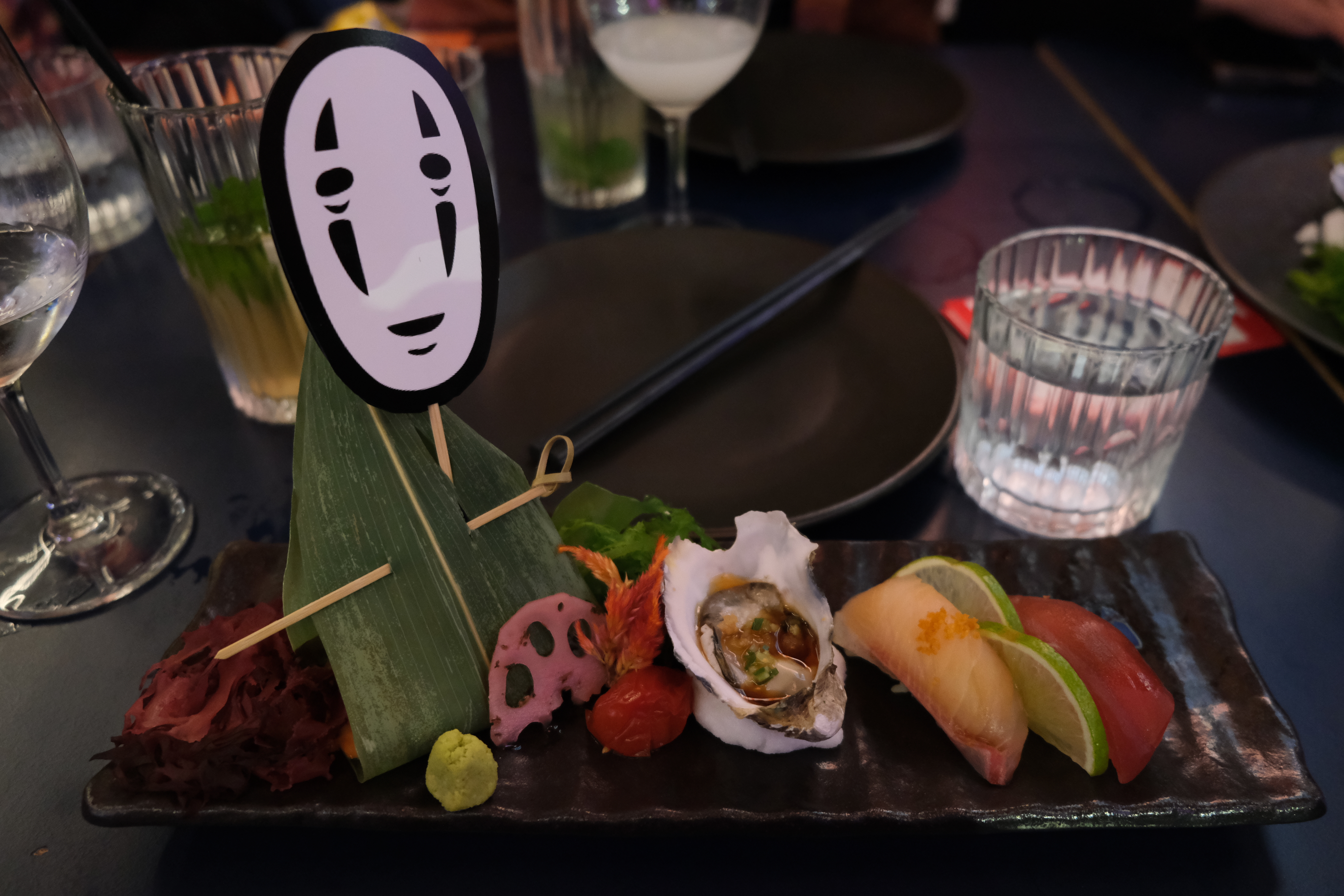
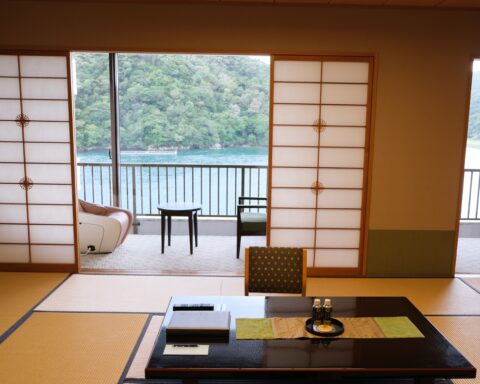
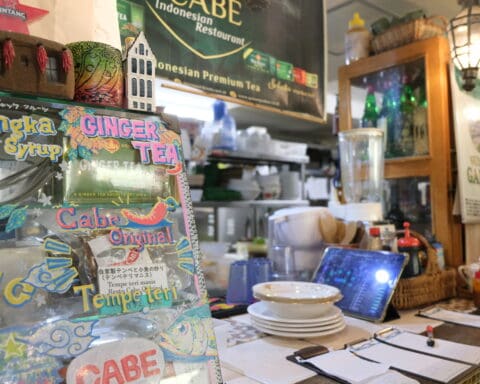
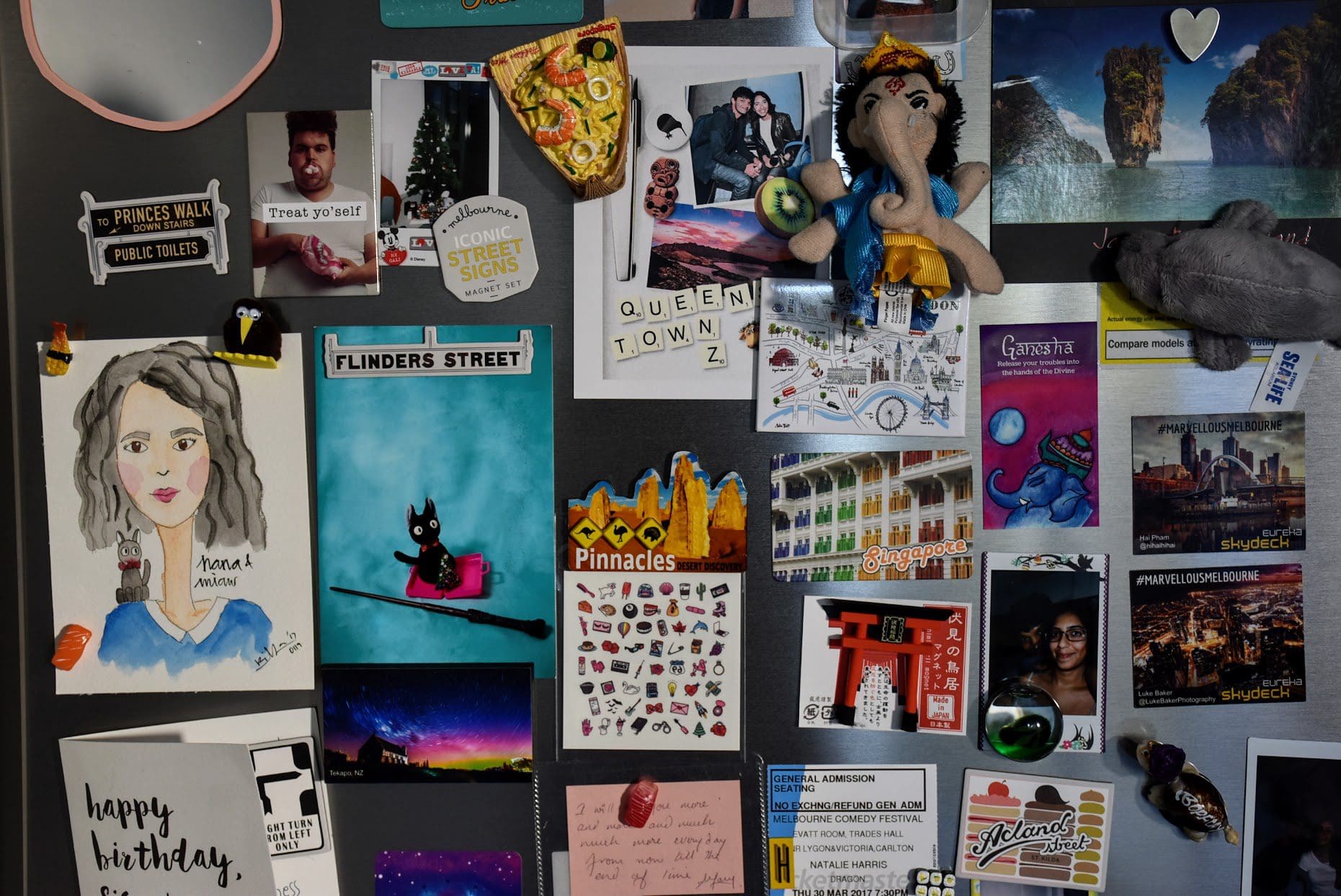
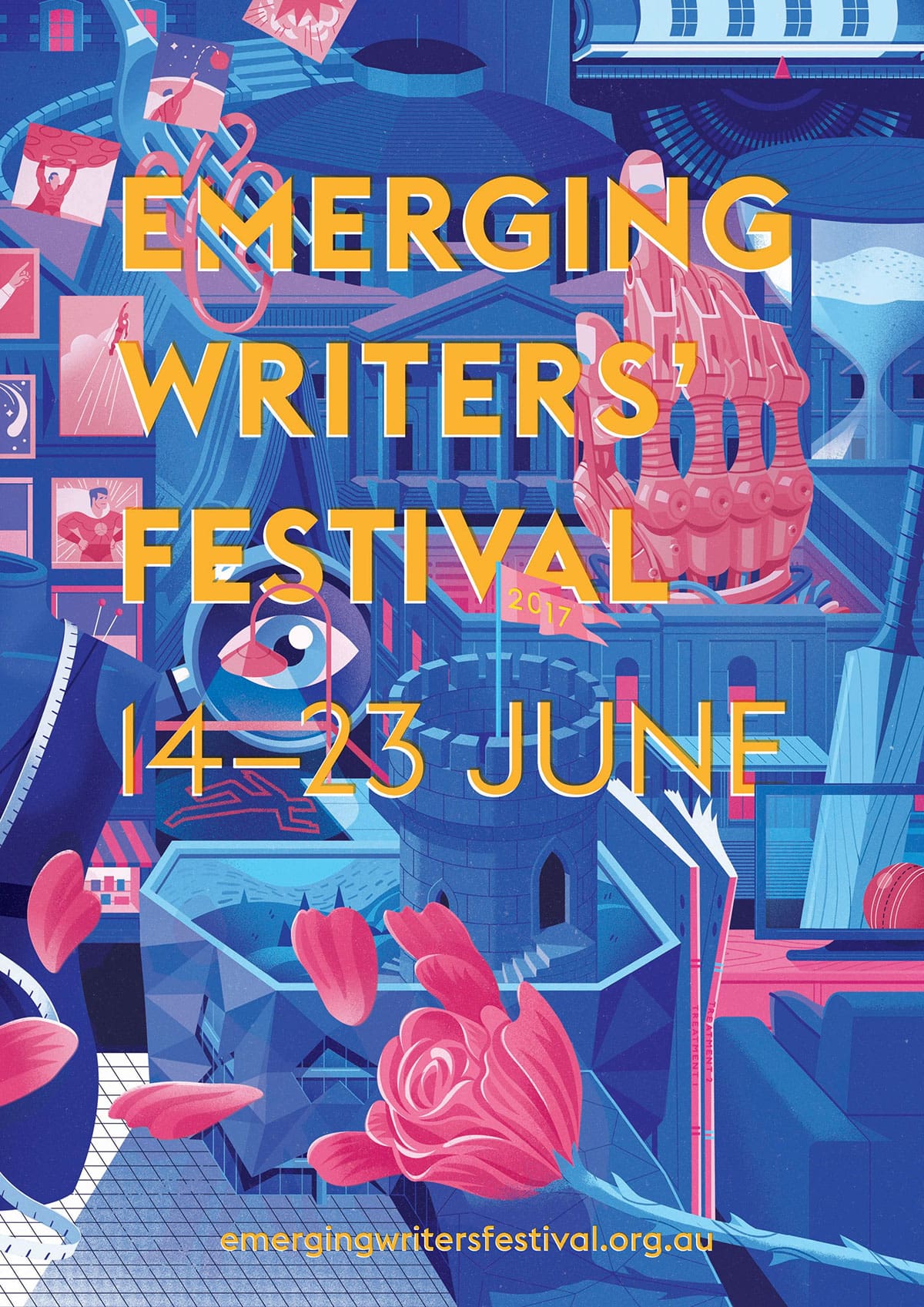
[…] Sumi-e The Ancient Japanese Charcoal Drawing Technique […]
[…] Sumi-e The Ancient Japanese Charcoal Drawing Technique […]